
本教学为翻译教学,转载请注明来自aboutcg.net,以及注明翻译者
原教学出自pixologic网站,原始链接如下:
http://www.henningludvigsen.com/inde…painting_glass
作者: Henning Ludvigsen
网站:http://www.henningludvigsen.com/
翻译:KanyaYan (www.aboutcg.net)
关于译者:
转载请写明出处和翻译者为KanyaYan,谢谢。
Painting glass.
绘画玻璃
Glass is hard to paint. Be it simple windows to more complex shapes like statues, orbs, or objects like a glass or bottle.
The reason why it is so complex is because of all the different attributes you have to consider.
Breaking down the painting-process into separate “passes” is one way of approaching a clean work flow.
画玻璃是很难的。更复杂的形状简单的窗口是这样的雕像,球体,或者像玻璃或瓶子。
它之所以如此复杂,是因为你要考虑所有不同的属性。
区分绘画的不同“过程”是一种接近一个清晰的工作流程的方式。
First, create a solid silhouette shape and apply some rough shape to it. I chose green as some types of glass have a green quality.
首先,创建一个坚实的轮廓形状,使用一些粗放形状。我选择绿色作为一些绿色质感的玻璃物体。
Second, choose the transparency of the glass. You have different types of glass, and coloured, or translucent glass containing many air bubbles will be less transparent, naturally. The same goes for thickness; the thicker, the less transparent it becomes.
Play with the layer opacity for this.
二,选择玻璃的透明度。你已有了不同类型的玻璃,以及颜色,或含有许多气泡的半透明玻璃,适当地调低透明度。同样地调节厚度,越厚,就越变得透明。调整此层的透明度。
Third, create refraction; the way the image seen though the glass gets distorted. This is also dependent on the complexity of the glass object.
I simply copied the background into a new layer with the same shape as the bottle, and played around with the liquify filter.
The more the surface of the glass is pointing away from you, the more it distorts.
第三,创建折射;图像透过玻璃看到是被扭曲的形式。这也取决于玻璃物体的复杂性。
我只是在背景上复制了一个与瓶子的形状相同区域作为新的背景,再使用liquify filter。
越是远离你的玻璃表面,折射越是歪曲。
The fourth and last point is the highlights and reflections which is what makes it looks like real glass.
Now, imagine your glass object in 3D and how the angles of the object would reflect the highlights based on where the light sources are.
The more light sources reflecting, the more it will looks like glass. High contrast objects lying close to the object will have to be hinted on as reflection.
第四也是最后一点是高光和反射,而这正是使它看起来像真实的玻璃的一步。
现在,想像下你的玻璃物体在三维空间里以及它的角度是如何反射的,高光则是基于光源的位置。
越多光源的反射,也就越能看起来像玻璃。高对比度的对象将必须提出反射。
Also; if you really want to go all out on this; you can experiment with how shadows and light gets influenced and broken by going through the object (as on a magnifying glass for example).
另外,如果你真的想要去的这一切了,你可以尝试怎样的阴影和光会被影响和打断(例如透过放大镜)。
Breaking up the rendering of glass into several passes simplifies the process.
Start off with the basic silhouette shape, and choose the thickness of the glass by adjusting layer opacity.
把绘制玻璃分解成几个简化的步骤。
由基本外形轮廓开始,再通过调整图层不透明度选择玻璃的厚度。
Creating refraction of what you see through the glass on a separate layer keeps your workflow clean.
Try to think in 3D space where to place the highlights and reflections according to the surroundings.
创建折射你通过一个单独的层来制作,这样你的工作流程将保持清晰。
试想想在三维空间里根据环境哪里放置高光和反射。






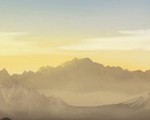
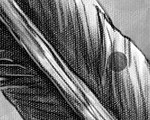
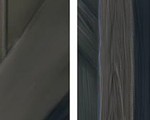
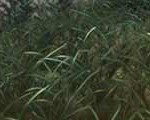
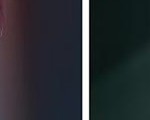
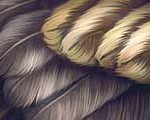
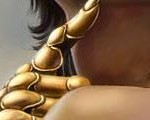
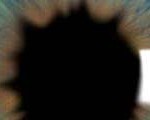
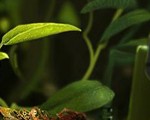
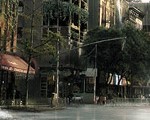
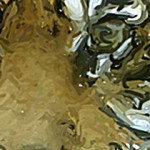
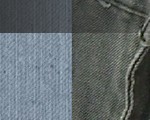
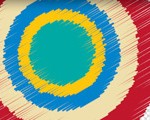

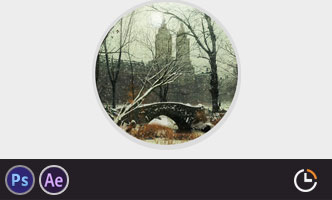
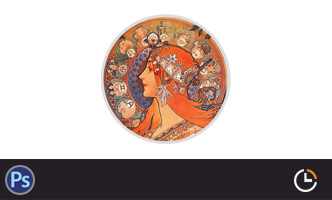

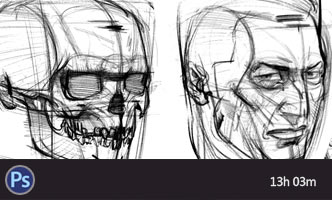





0回复绘画玻璃"